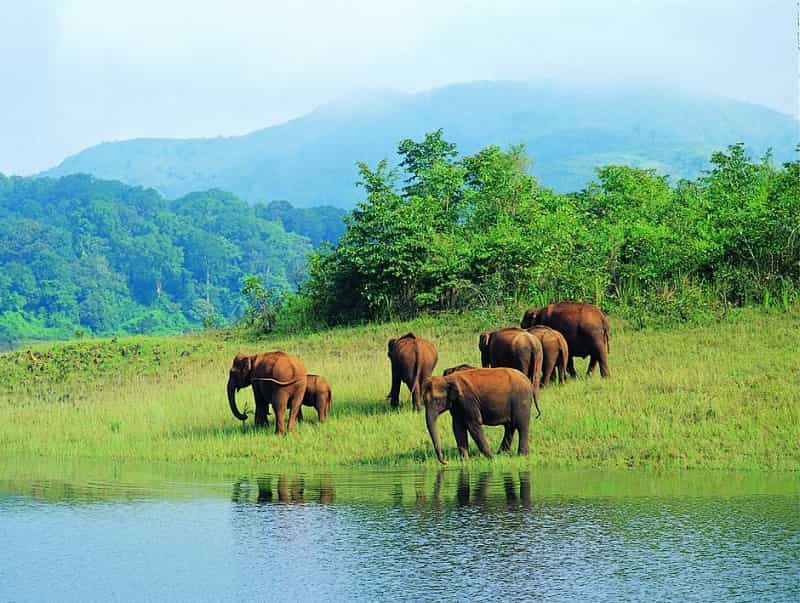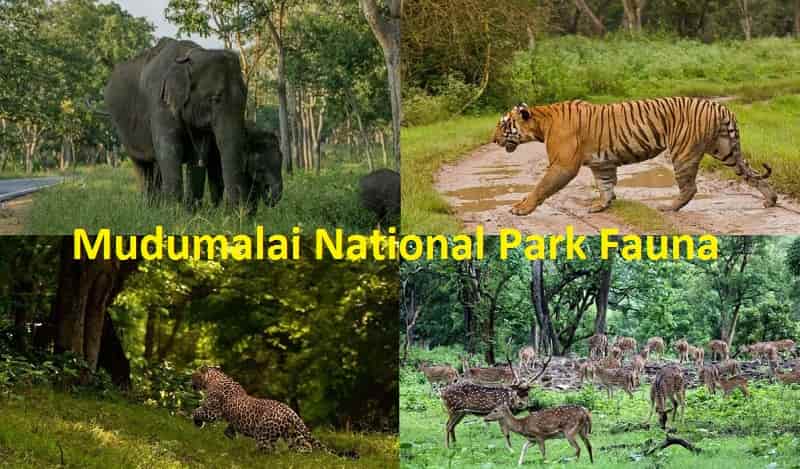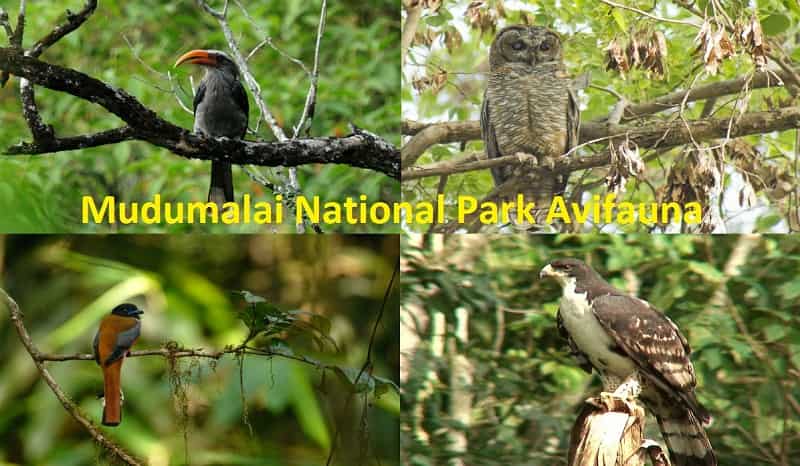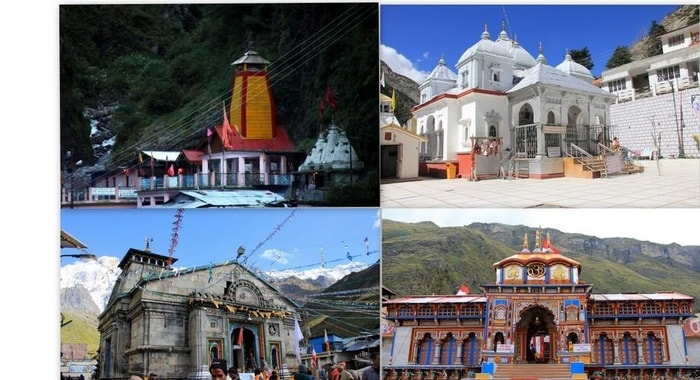Mudumalai National Park: Amidst The Jungles of South India
Mudumalai National Park and Wildlife sanctuary is located on the north of the Nilgiri Hills in western Tamil Nadu. Mudumalai (meaning first hills) is one of the first wildlife sanctuaries established in India and is mainly divided into five ranges, namely, Theppakadu, Mudumalai, Kargudi, Nellakota and Masinagudi. The park was established in 1940. The area of the park is 321 square kilometers. In 2007, Mudumalai was declared a Tiger Reserve.

Background
The area was declared a reserved forest in the late 1920s. The park was created in 1940 and it became the first wildlife sanctuary in South India. Originally the park was 62 square kilometers in area. It was increased to nearly 300 square kilometers in 1956 and in 1958 its size was enlarged to 313 square kilometers. Till later, it assumed its current size.
Tamil Nadu
Tamil Nadu is located at the southern tip of the Indian peninsula. It has Kerala in the west, Andhra Pradesh and the Union Territory of Pondicherry in the north and Karnataka in the northwest. Bay of Bengal lies to its east and Indian Ocean in the south. The island nation of Sri Lanka lies off the south-eastern coast of Tamil Nadu. Tamil Nadu has an area of 1,30,358 square kilometers. Chennai is the state capital.
Climate
The climate of Tamil Nadu ranges between dry sub-humid to semi-arid. The state is heavily dependent on monsoon rains and hence can be hit by droughts when monsoon fails.
Geography and Climate at Mudumalai
The elevation of the sanctuary ranges from 960 metres to 1,266 meters. The place enjoys tropical savanna or tropical wet and dry climate. Rainfall at Mudumalai ranges between 800 mtrs. to 2,000 mtrs.
Flora at Mudumalai

There are glimpses of tropical semi evergreen forest in the southwestern and the western parts. Trees like Casseria ovoides, Cinnamomum malabatrum, Litsea mysorensis, Olea dioca, Todalia asiatica, Watakaka volubilis, Gnetum ula and Entada scandens are found in the semi evergreen forests. Two species of bamboo, namely, Bambusa (arundinacea) and Dendrocalamus strictus are found here.
The riparian forest in Mudumalai includes plants like
Mangifera indica, Pongamia glabra, Terminalia Arjuna, Syzygium cumini and Indian rosewood. These forest tracts are used by the animals for resting and feeding purpose. This sanctuary is home to wild rice, wild ginger, turmeric, Cinnamon, Solanum, Guava, mango and pepper.
Fauna at Mudumalai

Bengal tigers, Indian leopards, Indian elephants, Gaur and Chittal are the commonly found animals in Mudumalai National Park. There are in all 55 mammal species, 21 amphibian species, 34 reptile species and nearly 50 species of fishes that are found in the sanctuary. Sloth bears, ant eaters, bats, black-napped hare, grey langur, sambar deer, chital deer, striped hyena, Golden jackal, Indian giant squirrel, Red giant flying squirrel, spotted Chevrotain, Indian Muntjak, wild boar, crocodile, panther and jungle cat are also found here. Mudumalai Tiger Reserve is said to have the highest tiger concentration in India. Among the reptiles, pythons, cobra, krait, Asikan pit vipers are common inhabitants.
Avifauna

Over 250 bird species are also found in Mudumalai. Endangered species like the Indian white-rumped Vulture and the long-billed vulture are the common types. Peacocks are commonly found in Mudumalai. Black and orange Flycatcher, Malabar Trogon, Malabar Grey Hornbill, Rufous-bellied hawk eagle, Black eagle, crested Goshawk, Mottled Wood owl, Besra, Hornbills, Golden Woodpecker, Streak-throated Woodpecker, Striped Tit-babbler, Chestnut-headed Bee-eater, Emerald Dove, Green Imperial Pigeon, Pompadour Green Pigeon, Grey-bellied Cuckoo are some of the several species that are spotted here.
Time to visit Mudumalai
Mudumalai can be visited throughout the year.
How to Reach Mudumalai
Mudumalai is close to some well-known places in south India like Ooty (67 km), Mysore (90 km) and Coimbatore (160 km).
By air
Coimbatore is the closest airport. Coimbatore can be reached from Chennai, the state capital
By rail
The closest railway station is Mysore, which is well-linked from different parts of the country.
By road
One can take National Highway (NH) 212 from Mysore tro reach Gundlupet and then NH 67 to Teppakadu. From there, Mudumalai is not far off. From Ooty, one can take the Kallatty route (Kallatty is 36 km from Ooty) or NH 67 via Gudalur (67 km from Ooty). Regular bus services are also available between the park with the major adjoining towns and cities in this region.
Attractions at and around the park include
- Animal’s drinking water in Moyar River in the Mudumalai forest
- Moyar River Gorge or Moyar Canyon
- Elephant feeding camp/elephant safari and van safari conducted by Tamil Nadu forest department
- Museum near the Elephant feeding camp
- Kallatty Falls located 30 km from Theppakadu, the park headquarters
- Pykara Lake located 40 km from Theppakadu
- Wayanad Sanctuary
- Bandipur National Park (the national parks of Bandipur, Mudumalai, Wayanad, Mukurthi, Silent Valley and Nagarhole: all spread over the three states of Tamil Nadu Kerala and Karnataka together form the Nilgiri Biosphere Reserve)
- Annamalai Wildlife Sanctuary and National Park
- Night safari at Masinagudi
Accommodations
- Theppakadu Log House
- Rock gardens holiday resorts, Mudumalai, Gudalur
- Wilderness Resort, Mudumalai
Jungle Home private guest house in Mudumalai
- TTDC Youth Hostel
- Bamboo Banks farm
- Belmont Retreat
- Blue Valley Holiday’s P Ltd
- Gem Holiday Resorts Ltd
- Monarch Safari Park
- Jain Resorts
- Oasis Mavanallah
- Bear Mountain Jungle Resort
- Blue Valley Jungle Resort
- Casa Deep Woods


